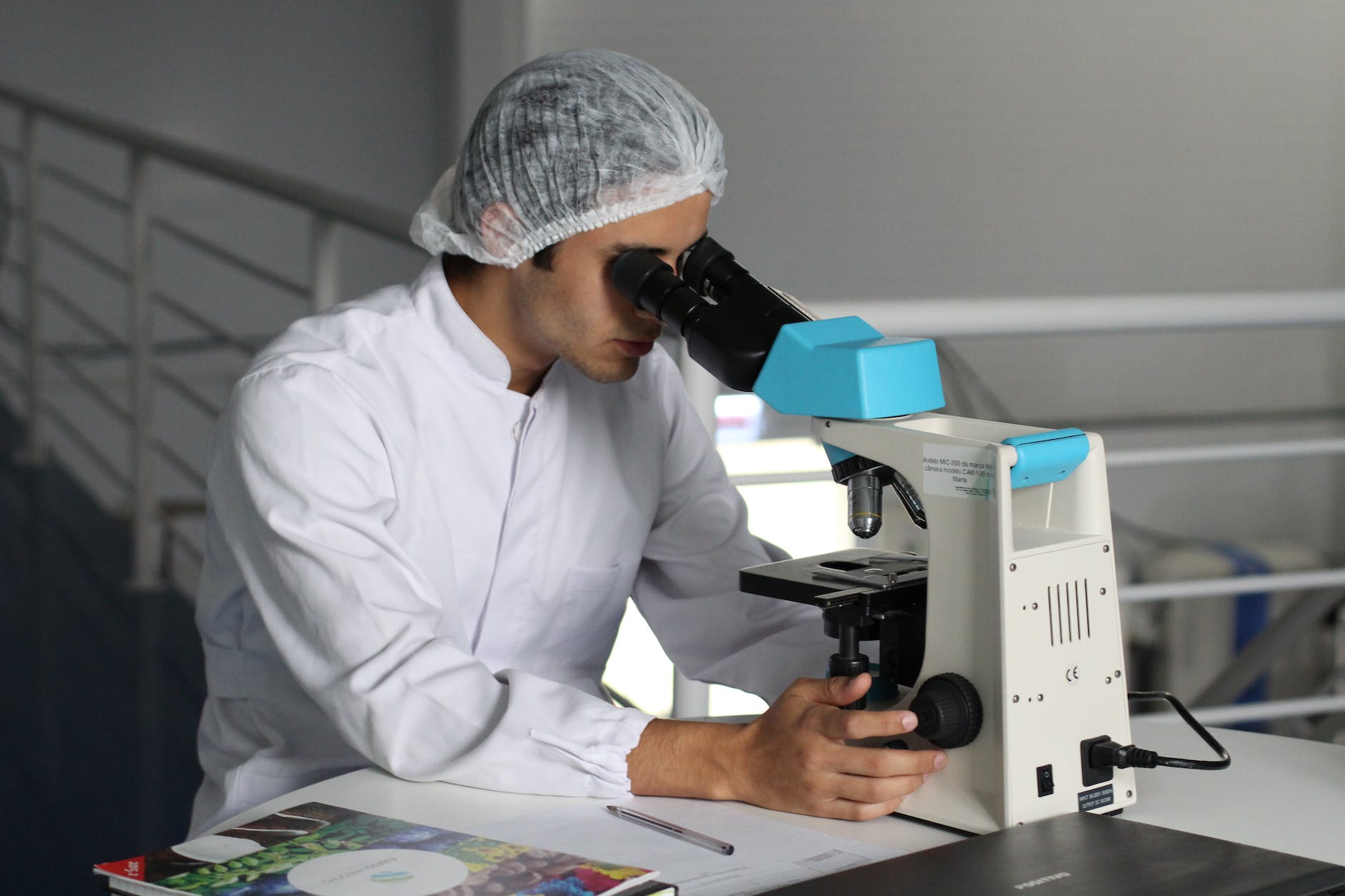Estimated reading time: 4 minutes
This article was developed via a partnership with BetterHelp.
In recent years, advancements in healthcare technology have brought about significant changes in the way patients receive medical care. Two of the most exciting innovations are telemedicine and wearable devices. With telemedicine, patients can access medical services remotely and receive treatment in the comfort of their own homes.
Wearable devices, on the other hand, allow patients to monitor their health in real time and provide doctors with valuable data for better treatment decisions. In this article, we will explore the impact of telemedicine and wearable devices on patient care and discuss the potential for these technologies to revolutionize the healthcare industry.
Telemedicine: A Game-Changer for Healthcare
Telemedicine has become increasingly popular in recent years and for good reason. With telemedicine, patients can access medical services remotely, which is especially useful for those who live in rural or remote areas. It also allows patients to receive medical care without having to leave their homes, which can be a significant benefit for those who have mobility issues or who are unable to travel.
Telemedicine is also cost-effective, as it eliminates the need for expensive office visits and reduces the burden on hospitals and medical facilities. In addition, telemedicine can help reduce the spread of infectious diseases, as patients are not required to be physically present in medical facilities.
Telemedicine can be used for a variety of medical services, including consultations, diagnoses, and prescriptions. Patients can communicate with their doctors through video conferencing, telephone, or messaging platforms. This allows doctors to provide personalized medical care and advice, regardless of the patient’s location. This is also true for online therapy, such as the services offered by BetterHelp online therapy.
Wearable Devices: Improving Patient Outcomes
Wearable devices are another game-changer in the healthcare industry. These devices allow patients to monitor their health in real time, providing doctors with valuable data for better treatment decisions. Wearable devices can track a variety of health metrics, including heart rate, blood pressure, and glucose levels.
One of the biggest benefits of wearable devices is that they allow for early detection of health issues. For example, a patient with a heart condition can wear a device that tracks their heart rate and alerts their doctor if it becomes irregular. This can lead to early diagnosis and treatment, improving the patient’s overall outcome.
Wearable devices can also help patients stay on track with their treatment plans. For example, a patient with diabetes can wear a device that tracks their glucose levels and reminds them to take their medication or adjust their diet.
The Potential for Telemedicine and Wearable Devices to Revolutionize Healthcare
The potential for telemedicine and wearable devices to revolutionize healthcare is significant. These technologies can improve access to medical care, reduce costs, and improve patient outcomes. They can also help alleviate the strain on hospitals and medical facilities, which can be especially important during times of crisis.
In addition, telemedicine and wearable devices can help reduce healthcare disparities. Patients who live in rural or remote areas, or who have limited access to medical facilities, can benefit from these technologies. Wearable devices can also help patients with chronic conditions manage their health more effectively, improving their quality of life.
Despite the potential benefits of telemedicine and wearable devices, there are still challenges to be addressed. For example, not all patients have access to the Internet or the necessary technology to use these services. In addition, there are concerns about privacy and data security.
Conclusion
In conclusion, healthcare technology is rapidly evolving, with wearable devices and telemedicine at the forefront of the trend. Wearable devices are helping patients take more control of their health, by tracking important health metrics like heart rate, sleep patterns, and physical activity. Telemedicine is changing the way we deliver care, by enabling patients to access healthcare services remotely.
As healthcare technology continues to advance, it will be important for healthcare providers to stay up-to-date with the latest trends and incorporate them into their practices. By doing so, they can provide better care to their patients and improve public health outcomes.
Share this content:
